In this post I'll walk through the first month of the project where I produced the first shippable version of the mirror (delivered on Christmas). Early on I had a lot of unanswered questions and work to do.
I choose my trusted Raspberry Pi and a Motorola Atrix as the core components in the mirror's computer.
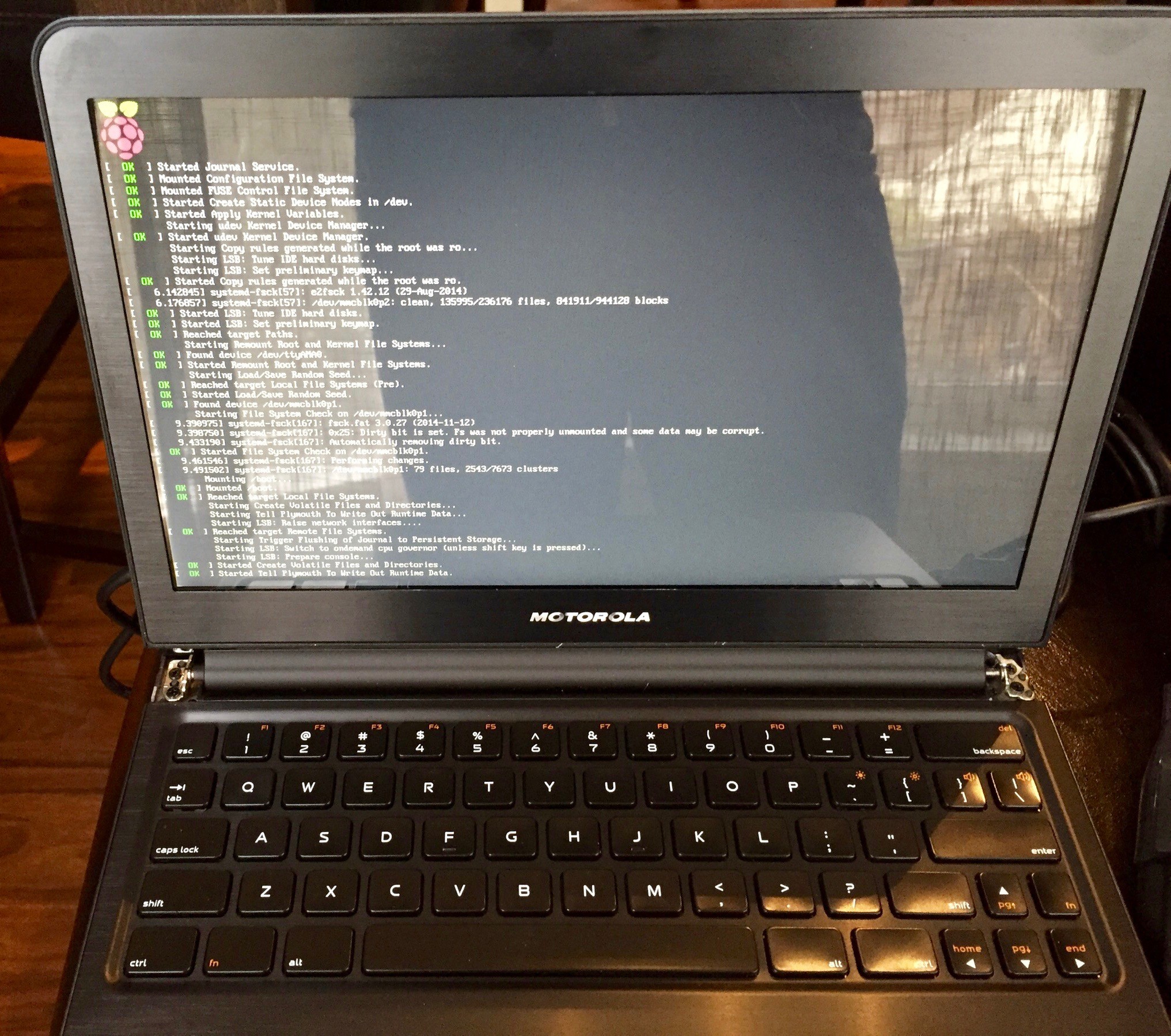
This setup can run a Github Electron environment, which is used to run the mirror application I'm making.
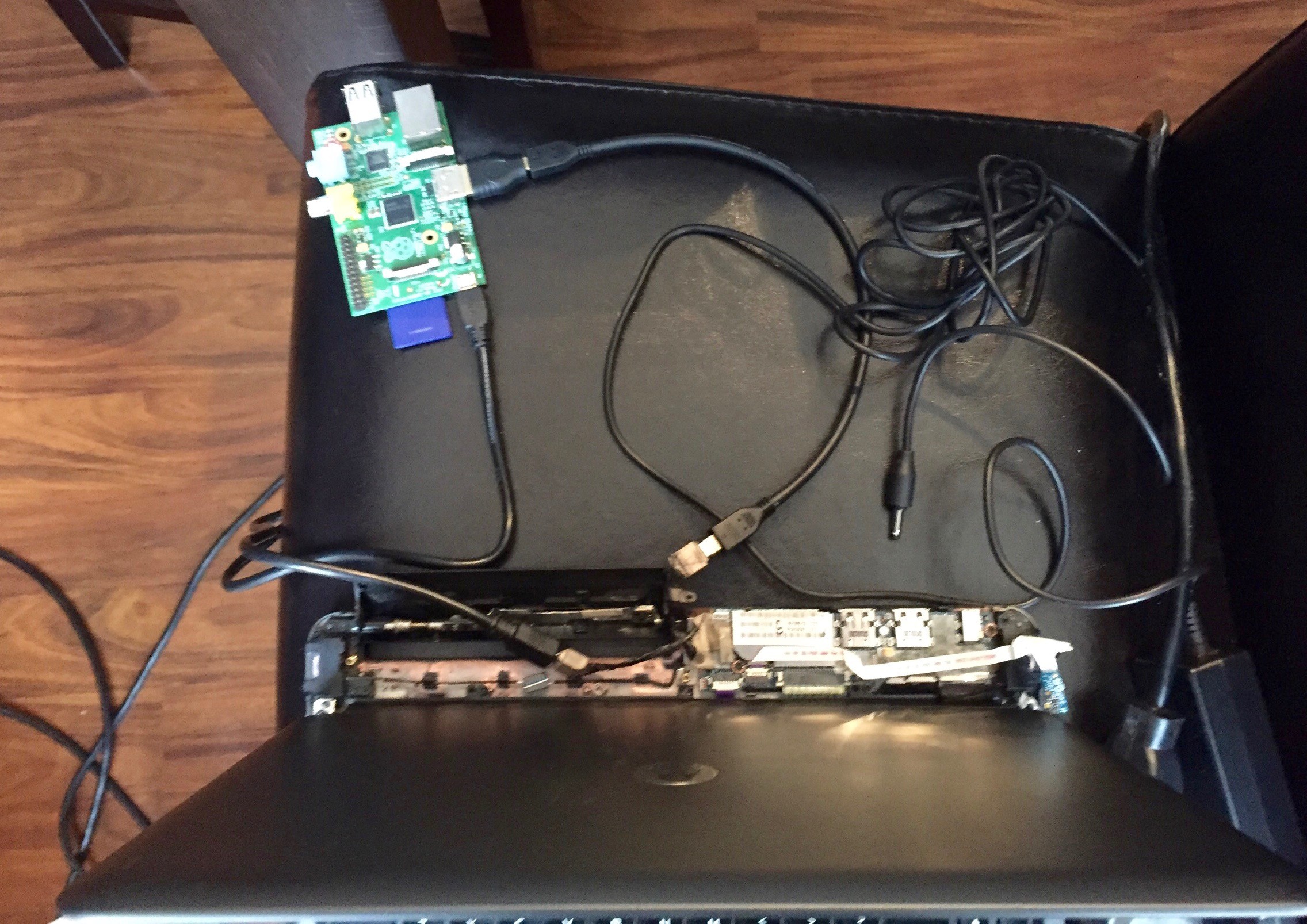 Inside the Motorola Atrix is a battery, 2 speakers, a Hall sensor (to cut power on screen close), a battery level indicator, and the main logic board that contains the HDMI display driver, USB hub, and power electronics.
Inside the Motorola Atrix is a battery, 2 speakers, a Hall sensor (to cut power on screen close), a battery level indicator, and the main logic board that contains the HDMI display driver, USB hub, and power electronics.
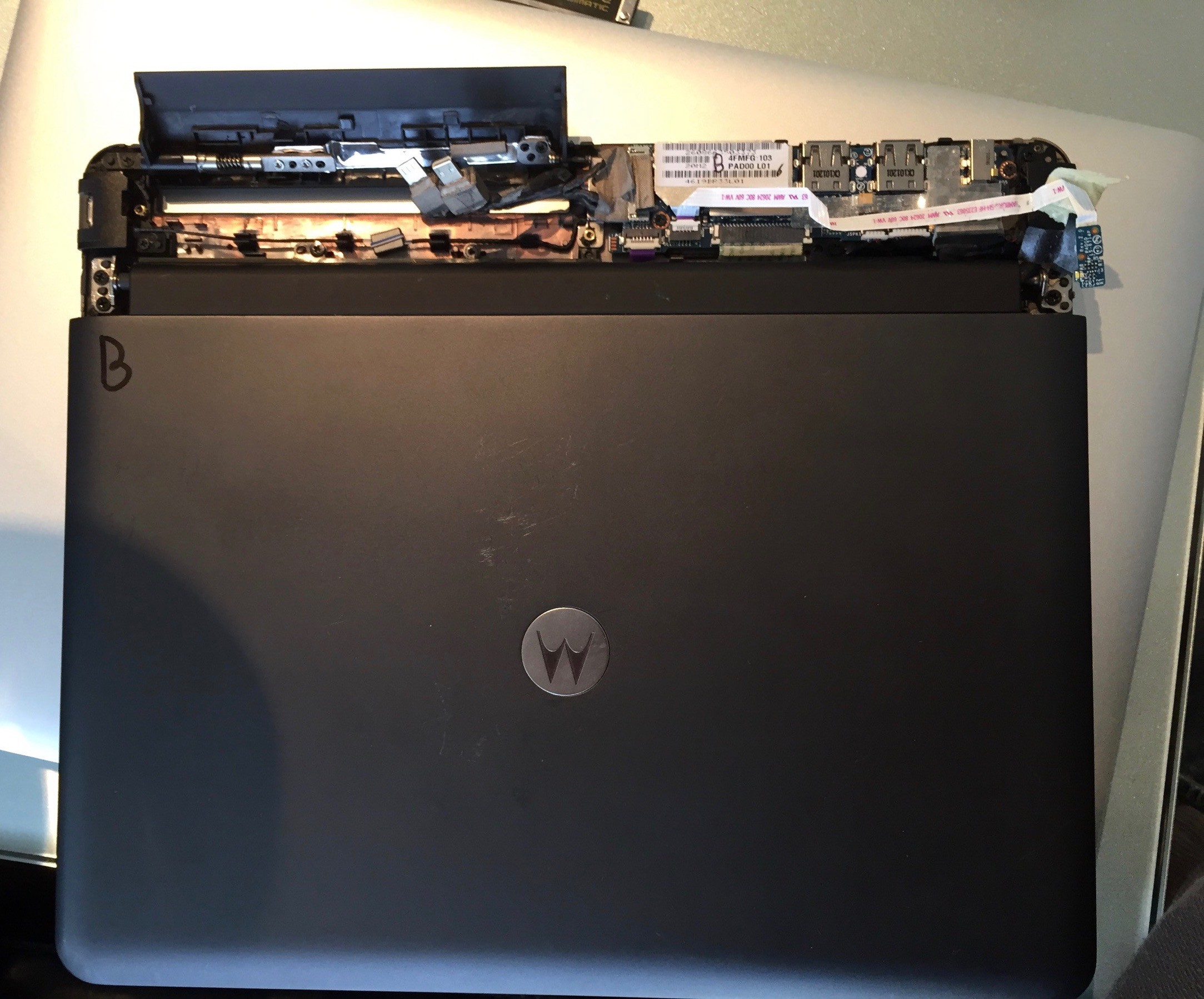
I setup my heat gun and some tools to take the LapDock apart. Most of the deconstruction can be done with a philips screwdriver, and a flat tool to pry apart some plastic. The one interesting part is removing the screen bevel, which requires the heat gun.
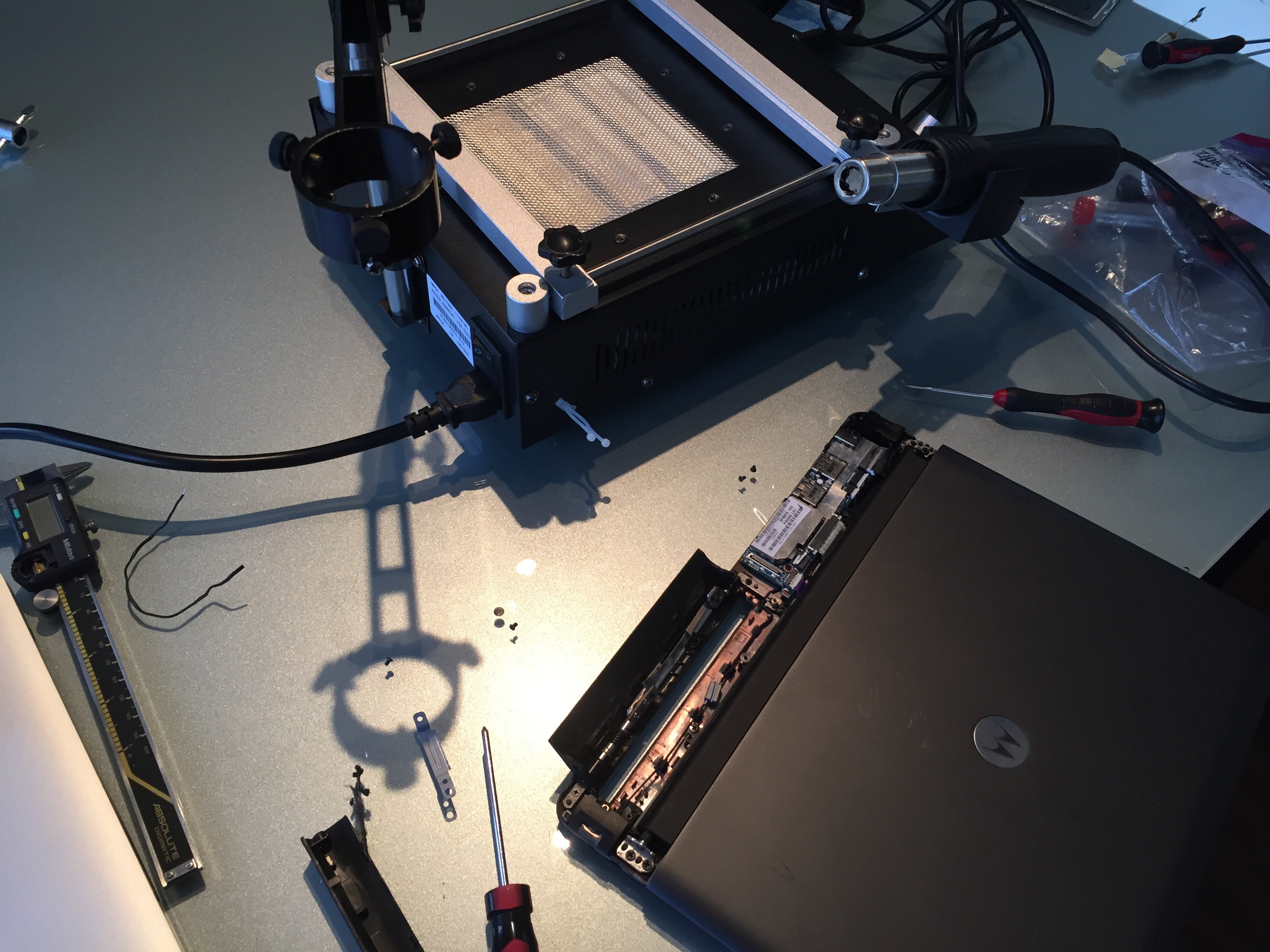
The guts laid out of my 1st LapDock. This Lapdock wasn't working, and I was probing it with the multimeter for life.. it seems the main board is just broken.
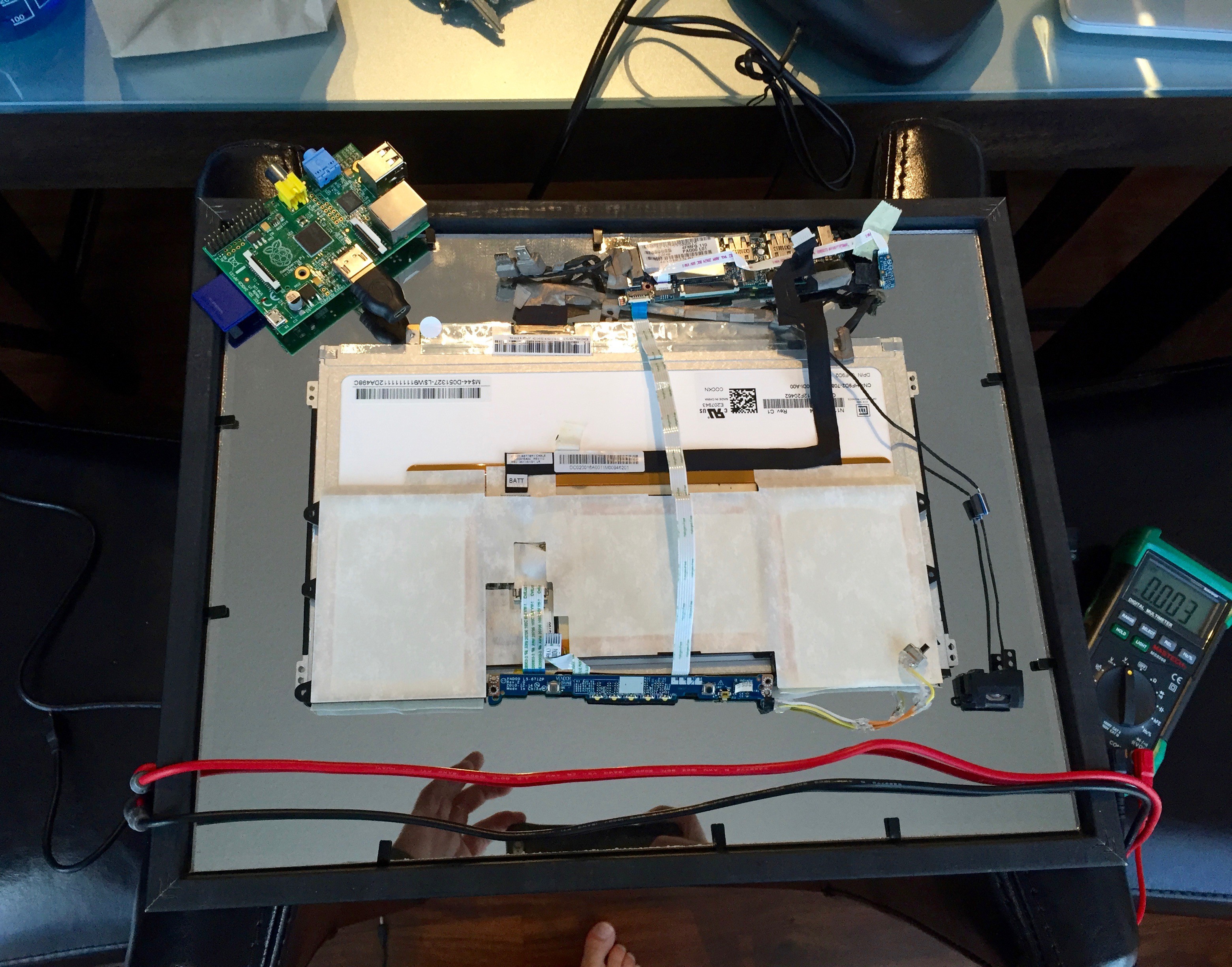

I swapped out the broken parts and prepared to turn the Raspberry Pi on.
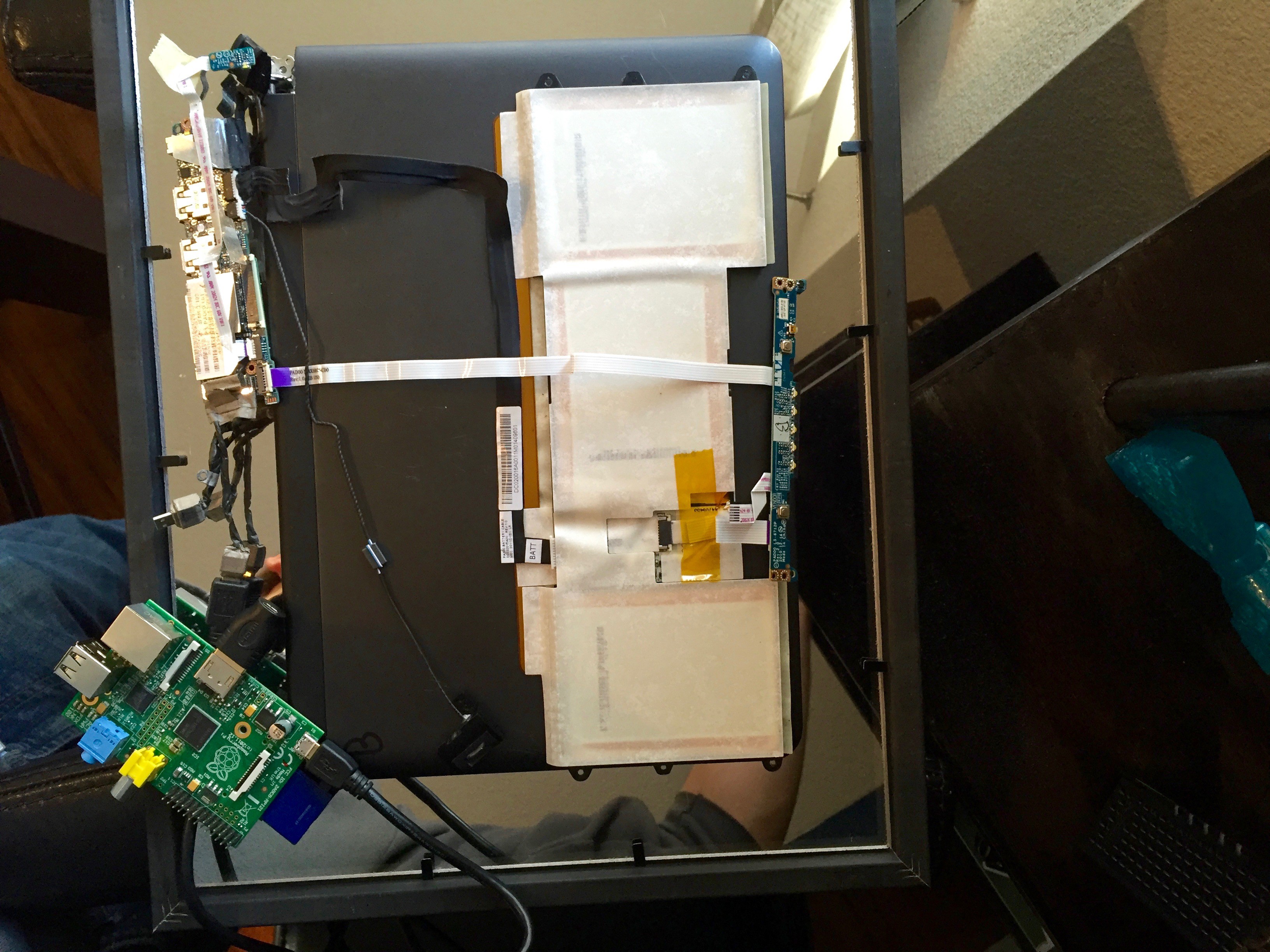
It works! Notice the mirror appears transparent because more light is coming through the mirror than is coming at it from the camera's point of view.
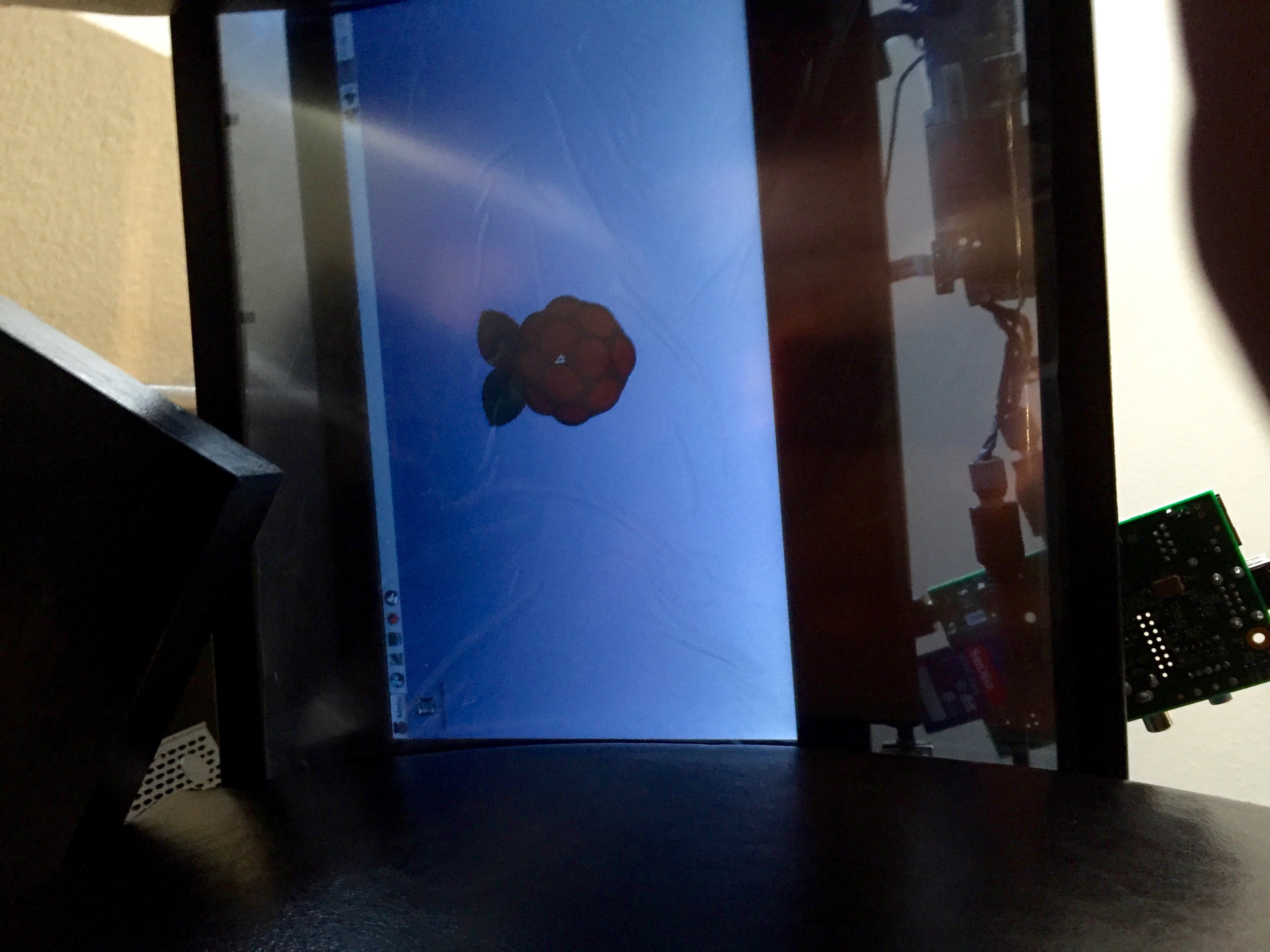
From the other side the mirror opaque, and the backlight on the screen is visible.
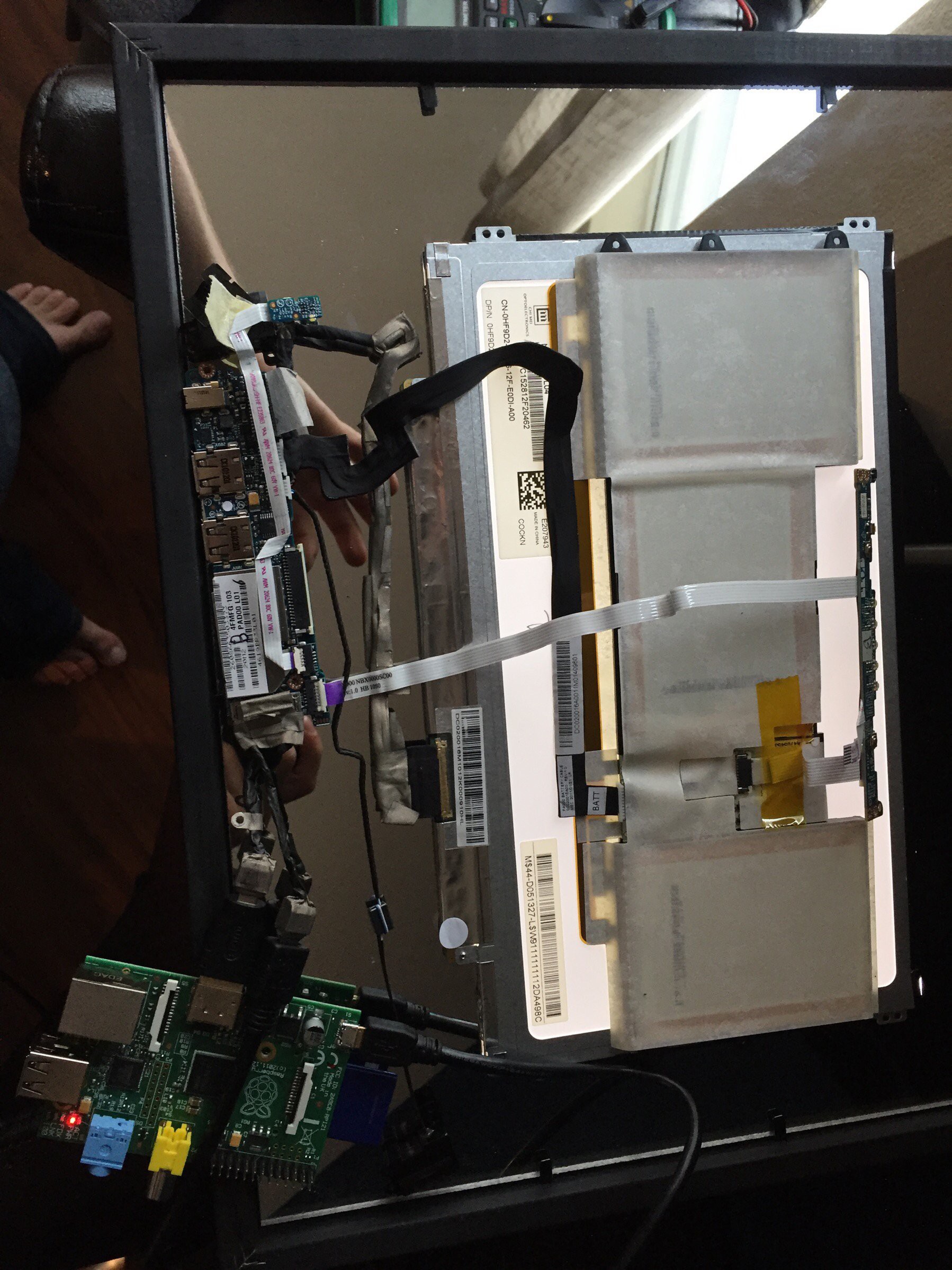
The first idea I had for the custom HCI was a potentiometer. The mirror is not a touch screen, so I need to make some kind of interface to control the mirror application. My original thought was to use a membrane linear potentiometer for scrolling, so I prototyped with a basic pot while the fancy one was in the mail. I also proved that I could use the Arduino USB Keyboard library to interface my website application in Electron with the hardware. The arduino triggers arrow key presses. Simple system integration!

I sent this Snapchat to Michelle... she had no idea what this was :)
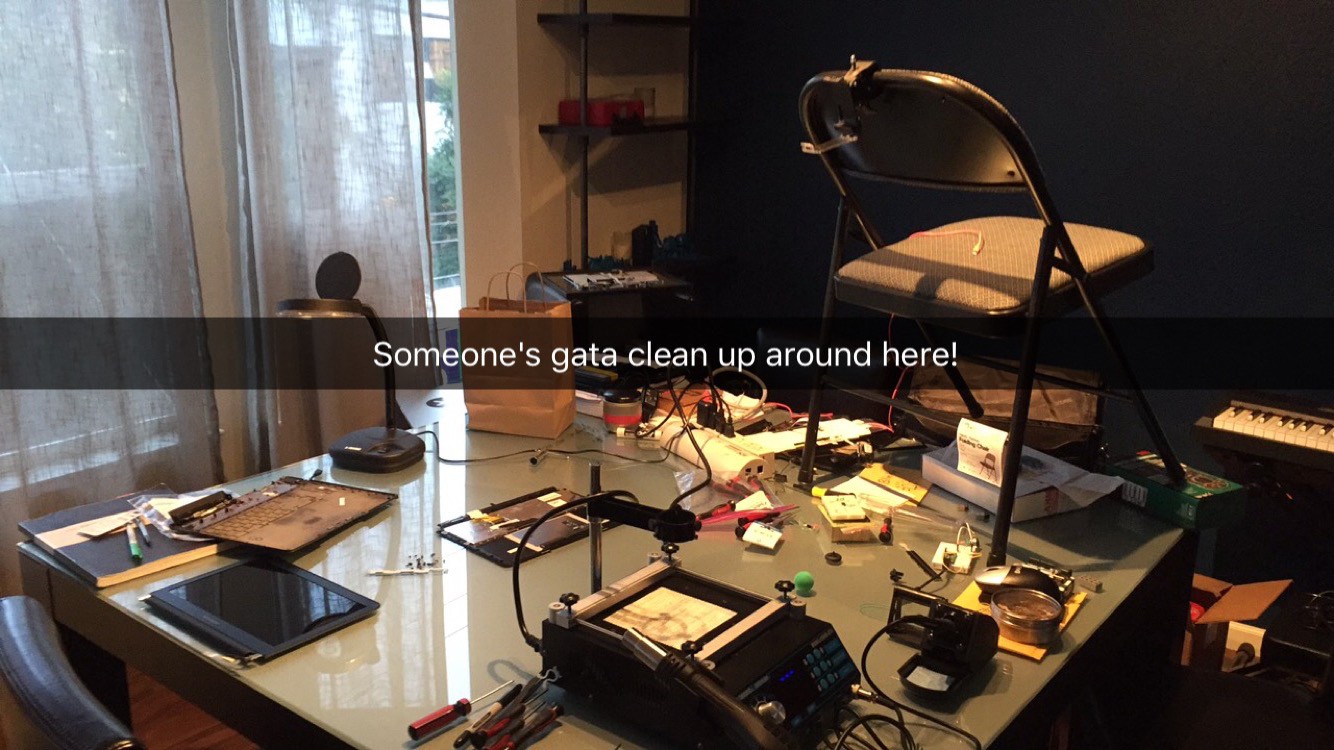
 Chris Gervang
Chris Gervang
Discussions
Become a Hackaday.io Member
Create an account to leave a comment. Already have an account? Log In.